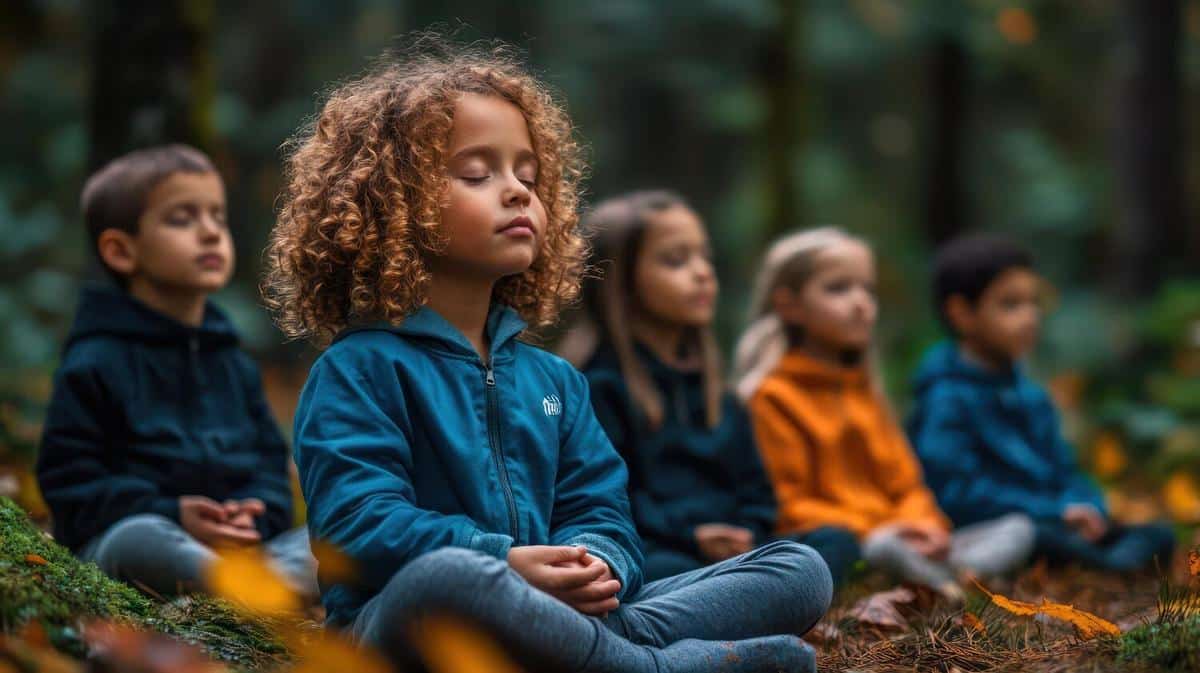
Mindfulness for Kids: Techniques to Teach Children to Stay Present
Helping children develop mindfulness skills can empower them to stay focused and calm in a world full of distractions. By teaching mindfulness, we provide kids with tools to enhance their emotional intelligence and resilience.
Understanding Mindfulness for Kids
Mindfulness involves paying full attention to the present moment, and it’s a skill that can be incredibly beneficial for children. According to Dr. Amy Saltzman, a renowned mindfulness expert, mindfulness can help children reduce stress and improve their emotional regulation.
Why Mindfulness Matters
Research indicates that children who practice mindfulness tend to have better focus, improved behavior, and enhanced academic performance. A study published by the American Psychological Association found that mindfulness can significantly boost children’s cognitive and emotional well-being.
Personal Experience: Teaching Mindfulness to Kids
Consider the experience of a parent who noticed a positive change in her daughter after introducing simple breathing exercises. The child, initially prone to anxiety, learned to manage her emotions better and became more attentive.
Techniques to Introduce Mindfulness
- Breathing Exercises: Encourage children to take deep breaths, focusing on the rise and fall of their chest.
- Body Scan: Guide them to notice different parts of their body, starting from their toes to their head.
- Mindful Listening: Let them focus on sounds around them, identifying as many as possible.
- Gratitude Journaling: Encourage writing or drawing about things they are thankful for.
Creating a Mindful Environment
Fostering an environment that supports mindfulness can amplify its benefits. Designate a calm space in your home or classroom for these practices. Consider using resources like children’s mindfulness books or apps to aid the process.
| Technique | Age Range | Benefits |
|---|---|---|
| Breathing Exercises | 5-12 years | Improves focus and reduces stress |
| Body Scan | 8-12 years | Enhances body awareness |
| Mindful Listening | 5-12 years | Boosts attention span |
| Gratitude Journaling | 6-12 years | Increases positivity |
| Guided Imagery | 7-12 years | Enhances creativity |
| Mindful Coloring | 4-10 years | Reduces anxiety |
| Walking Meditation | 9-12 years | Improves concentration |
| Yoga for Kids | 6-12 years | Boosts physical and mental health |
Frequently Asked Questions
How can I encourage my child to practice mindfulness?
Start with short, fun activities and gradually incorporate them into daily routines.
What is a simple mindfulness exercise for young children?
Mindful breathing is an excellent start, where children focus on their breath for a few minutes.
Are there any mindfulness apps for children?
Yes, there are several child-friendly mindfulness apps designed to engage young minds.
Conclusion: Taking the First Steps
Introducing mindfulness to children is a journey that requires patience and consistency. By incorporating these techniques into daily life, we can help children cultivate a peaceful and attentive mindset. Encourage them to explore these practices and observe the positive changes they bring to their lives.


